pub.sakana.ai/ctm/
Neurons in brains use timing and synchronization in the way that they compute, but this is largely ignored in modern neural nets. We believe neural timing is key for the flexibility and adaptability of biological intelligence.
Thread ↓
pub.sakana.ai/ctm/
Neurons in brains use timing and synchronization in the way that they compute, but this is largely ignored in modern neural nets. We believe neural timing is key for the flexibility and adaptability of biological intelligence.
Thread ↓

Our project: encode.pillar.vc/projects/beh...
General info: encode.pillar.vc
#compneuro #neuroai #neuroscience #sciencejobs

Our project: encode.pillar.vc/projects/beh...
General info: encode.pillar.vc
#compneuro #neuroai #neuroscience #sciencejobs
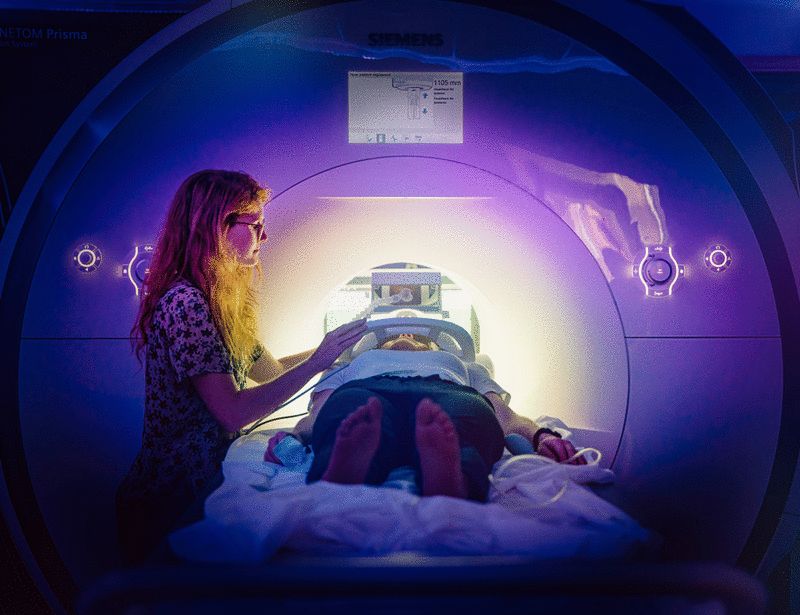
work by dream team @jinke.bsky.social Rhea Madhogarhia @ycleong.bsky.social @monicarosenb.bsky.social ⭐
work by dream team @jinke.bsky.social Rhea Madhogarhia @ycleong.bsky.social @monicarosenb.bsky.social ⭐
https://go.nature.com/3FsvUTi

https://go.nature.com/3FsvUTi


#PsychSciSky #socialpsyc #neuroskyence
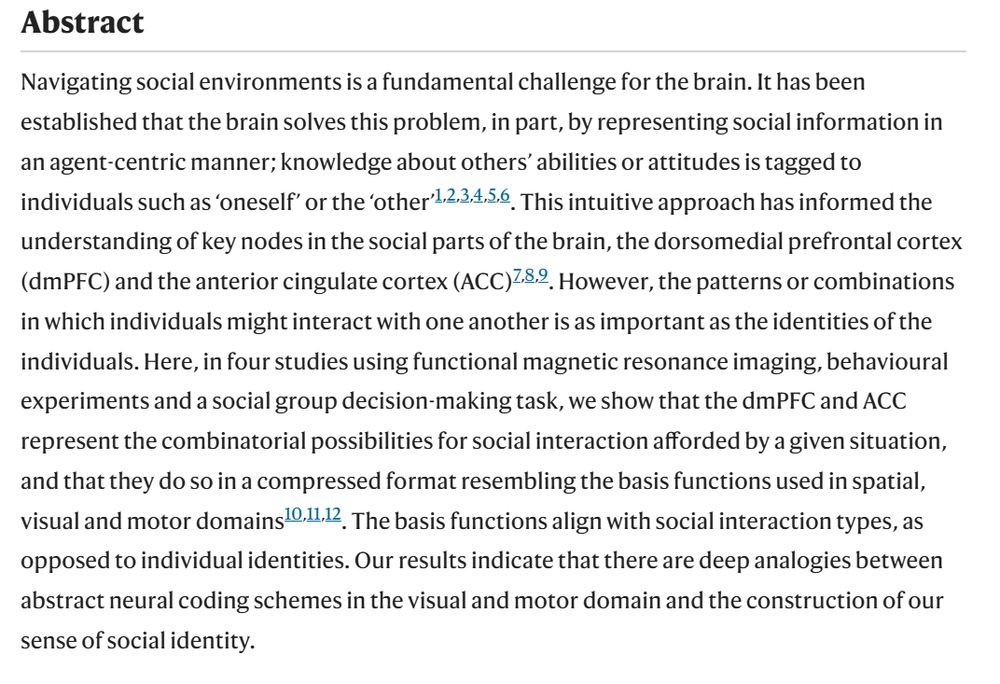
#PsychSciSky #socialpsyc #neuroskyence
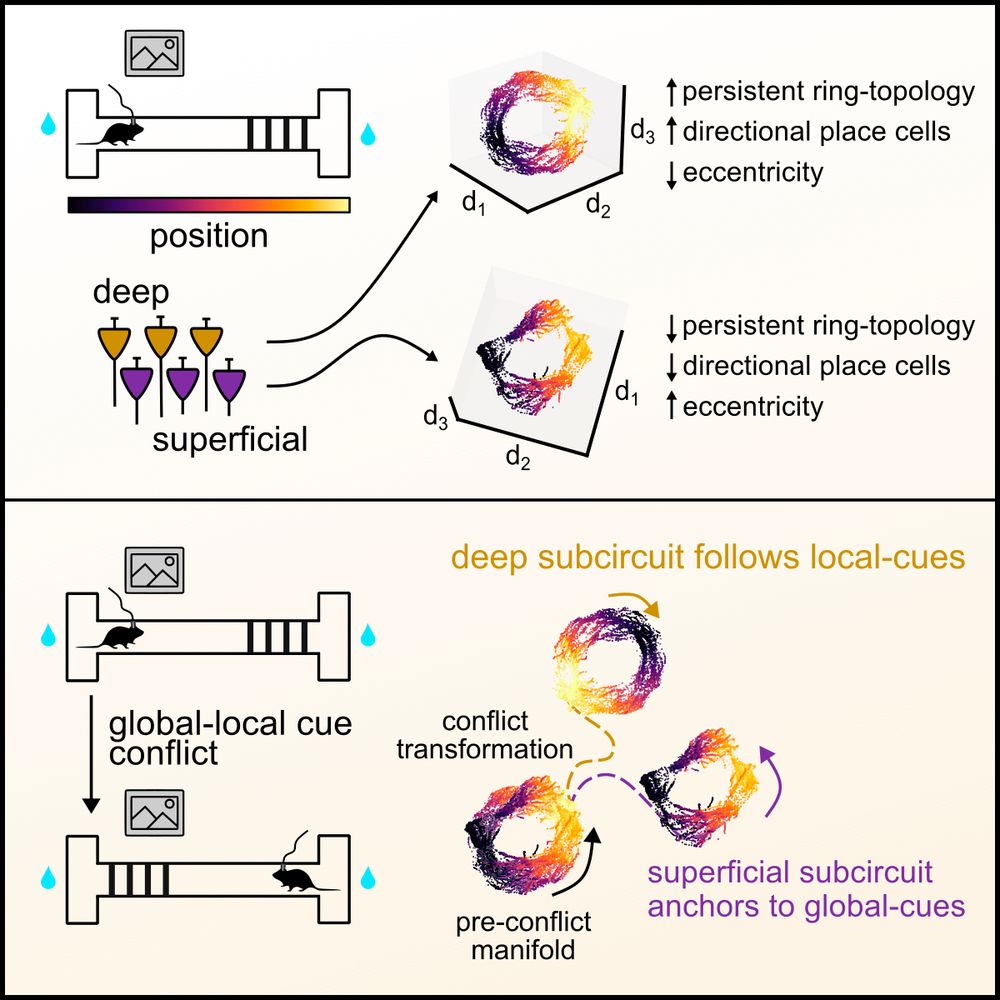
#neuroscience #neuroskyence
www.nature.com/articles/s41...
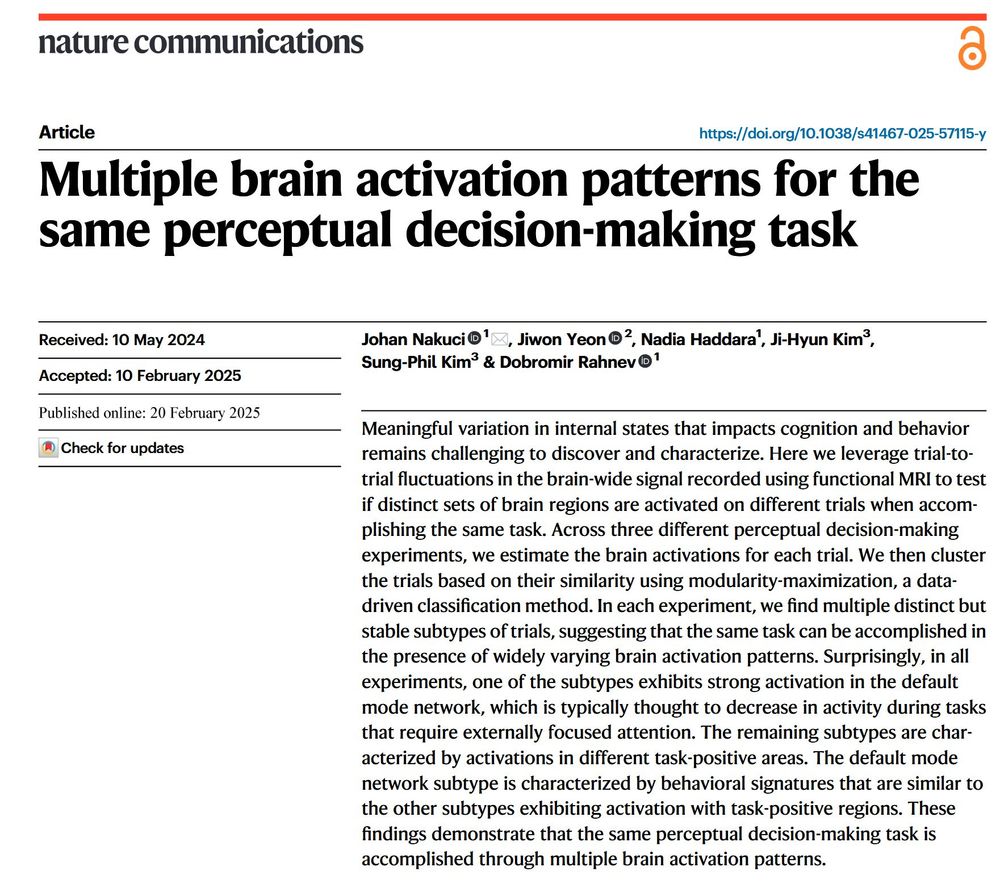
#neuroscience #neuroskyence
www.nature.com/articles/s41...
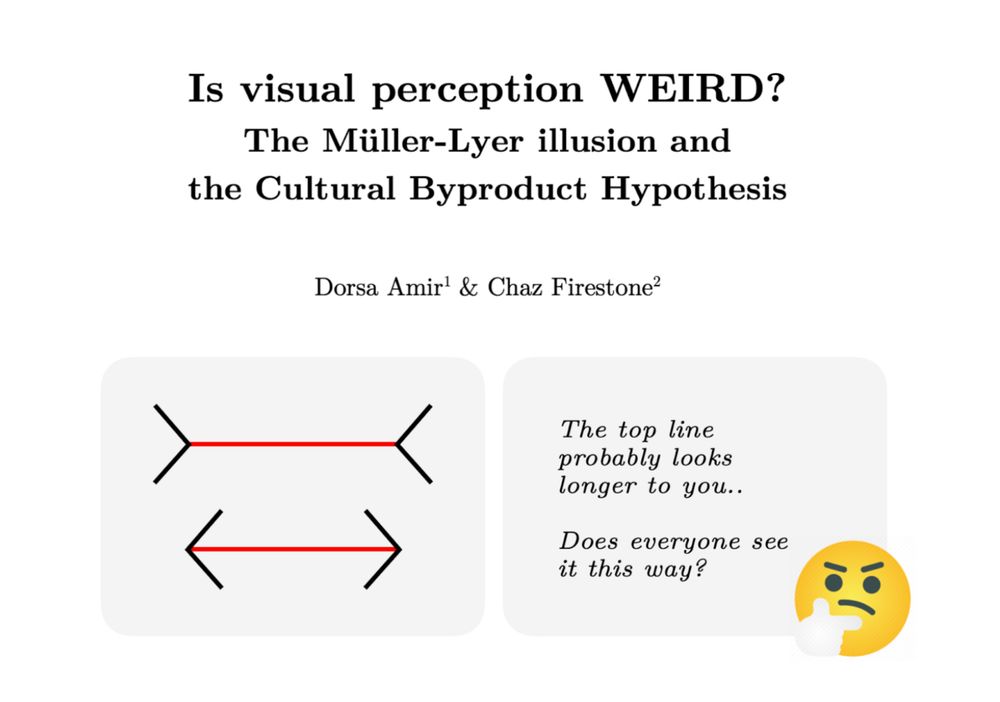
www.biorxiv.org/content/10.1...

www.biorxiv.org/content/10.1...
Refocusing neuroscience: moving away from mental categories and towards complex behaviours
#neuroskyence
royalsocietypublishing.org/doi/10.1098/...
Refocusing neuroscience: moving away from mental categories and towards complex behaviours
#neuroskyence
royalsocietypublishing.org/doi/10.1098/...

